Have you ever noticed that people in old photographs looks a bit weird? Deep wrinkles, sunken cheeks, and exaggerated blemishes are commonplace in photos taken up to the early 20th century. Surely not everybody looked like this, right? Maybe it was an odd makeup trend — was it just a fashionable look back then?
Not quite — it turns out that the culprit here is the film itself. The earliest glass-plate emulsions used in photography were only sensitive to the highest-frequency light, that which fell in the blue to ultraviolet range. Perhaps unsurprisingly, when combined with the fact that humans have red blood, this posed a real problem. While some of the historical figures we see in old photos may have benefited from an improved skincare regimen, the primary source of their haunting visage was that the photographic techniques available at the time were simply incapable of capturing skin properly. This lead to the sharp creases and dark lips we’re so used to seeing.
Of course, primitive film isn’t the only thing separating antique photos from the 42 megapixel behemoths that your camera can take nowadays. Film processing steps had the potential to introduce dust and other blemishes to the image, and over time the prints can fade and age in a variety of ways that depend upon the chemicals they were processed in. When rolled together, all of these factors make it difficult to paint an accurate portrait of some of history’s famous faces. Before you start to worry that you’ll never know just what Abraham Lincoln looked like, you might consider taking a stab at Time-Travel Rephotography.
Amazingly, Time-Travel Rephotography is a technique that actually lives up to how cool its name is. It uses a neural network (specifically, the StyleGAN2 framework) to take an old photo and project it into the space of high-res modern photos the network was trained on. This allows it to perform colorization, skin correction, upscaling, and various noise reduction and filtering operations in a single step which outputs remarkable results. Make sure you check out the project’s website to see some of the outputs at full-resolution.
We’ve seen AI upscaling before, but this project takes it to the next level by completely restoring antique photographs. We’re left wondering what techniques will be available 100 years from now to restore JPEGs stored way back in 2021, bringing them up to “modern” viewing standards.
Thanks to [Gus] for the tip!
Continue reading “Imaging The Past With Time-Travel Rephotography”

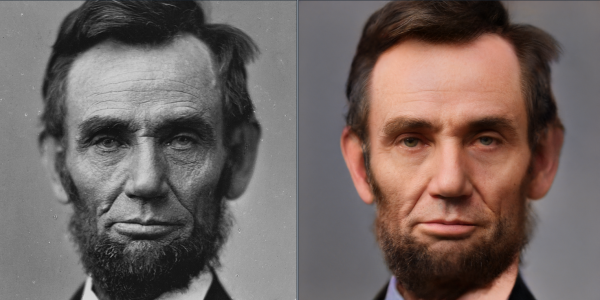
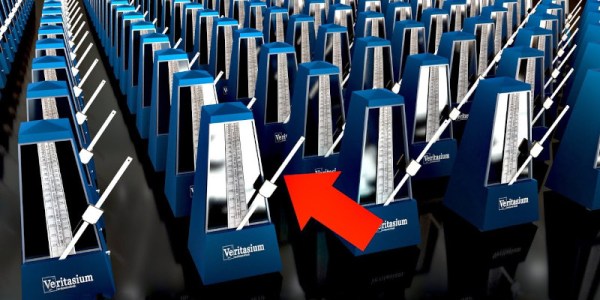
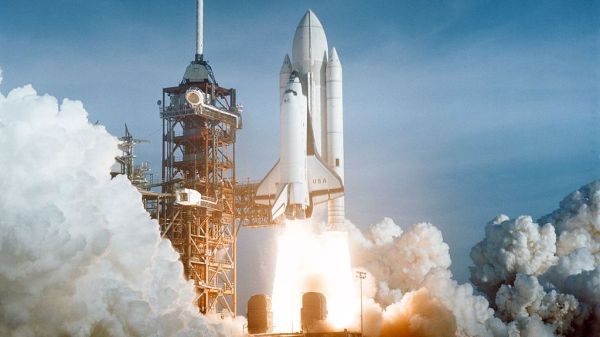
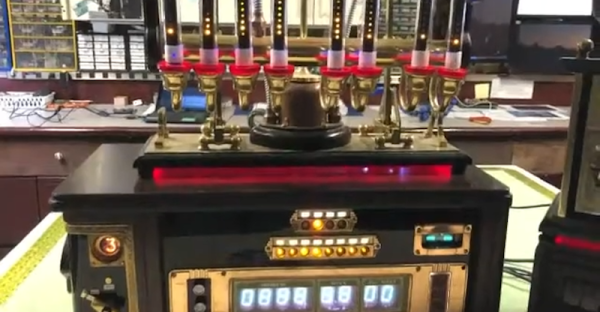

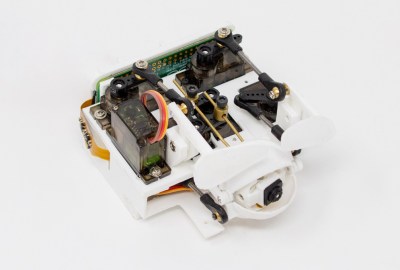
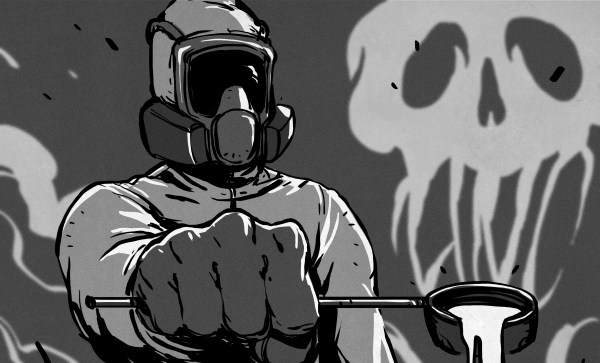

 These questions and more burn within [Hash], a hardware hacker and security researcher who runs the
These questions and more burn within [Hash], a hardware hacker and security researcher who runs the 









